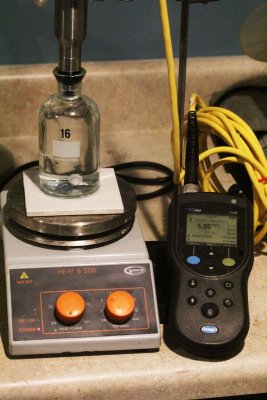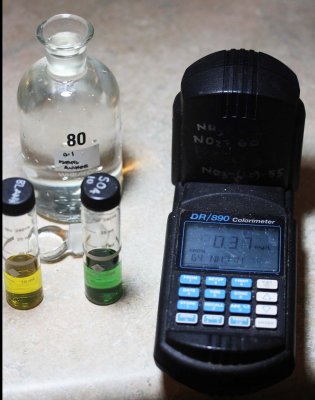I find this information extremely interesting, and wonder if there are practical implications to be gleaned from it...
Not sure on the details of this tank, but i think a large coral, invertebrate, and algae population would consume the majority of the ammonia, with little left for the bacteria to process.



















